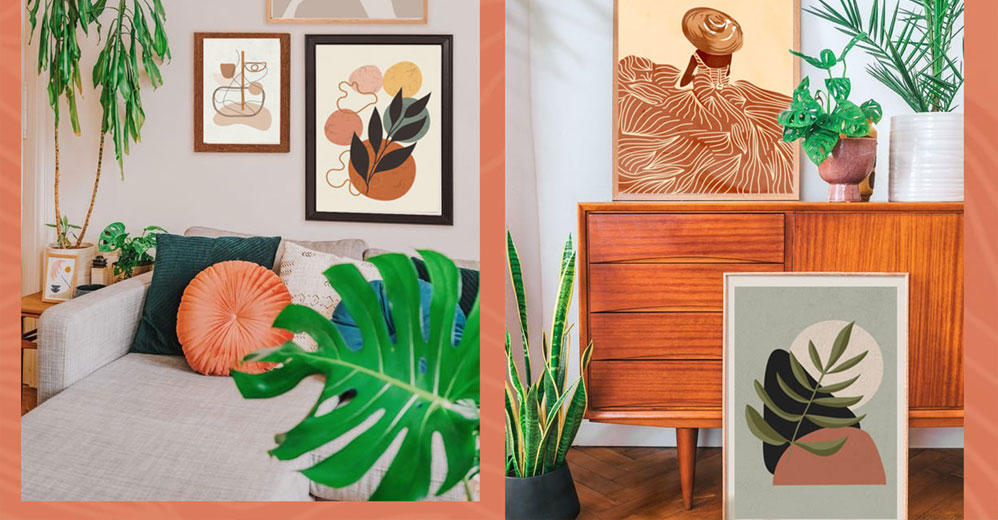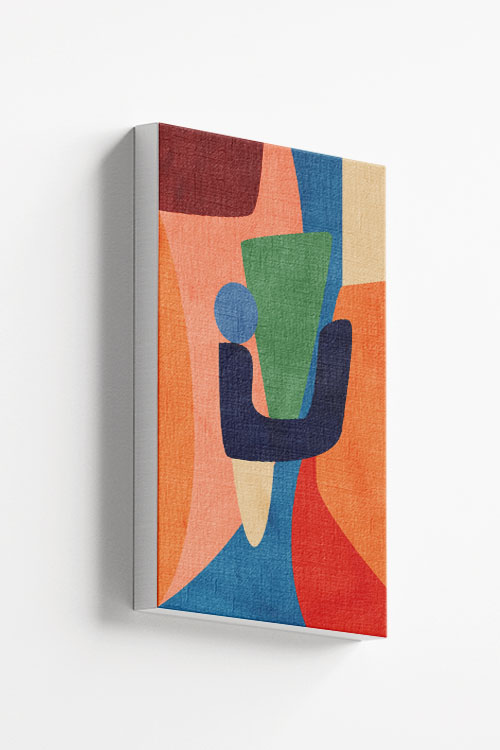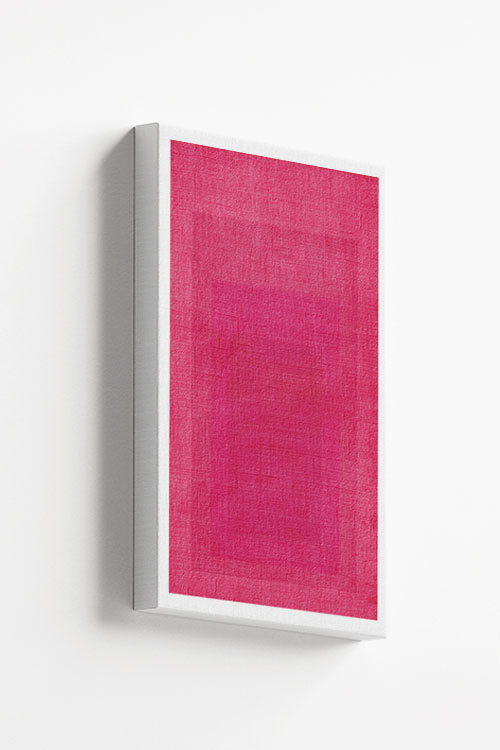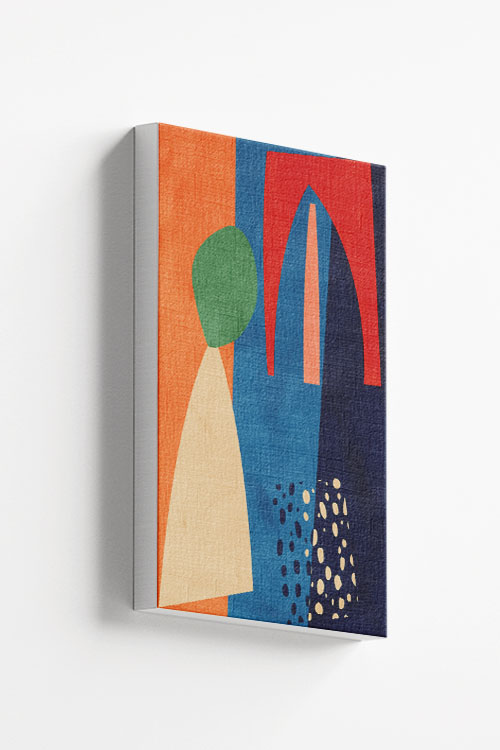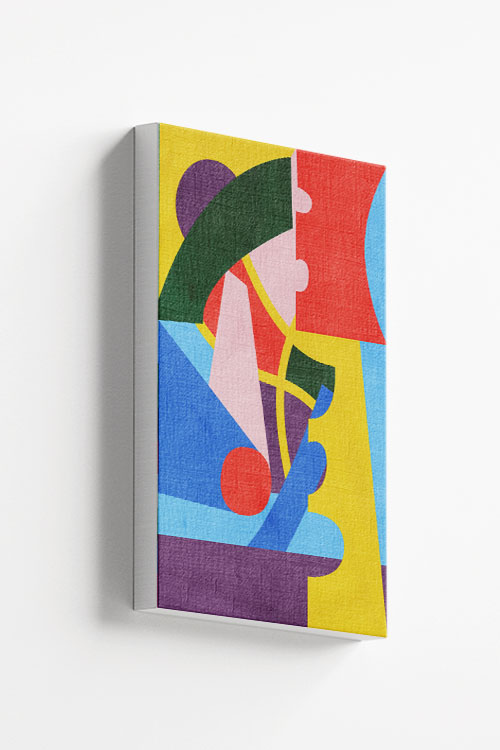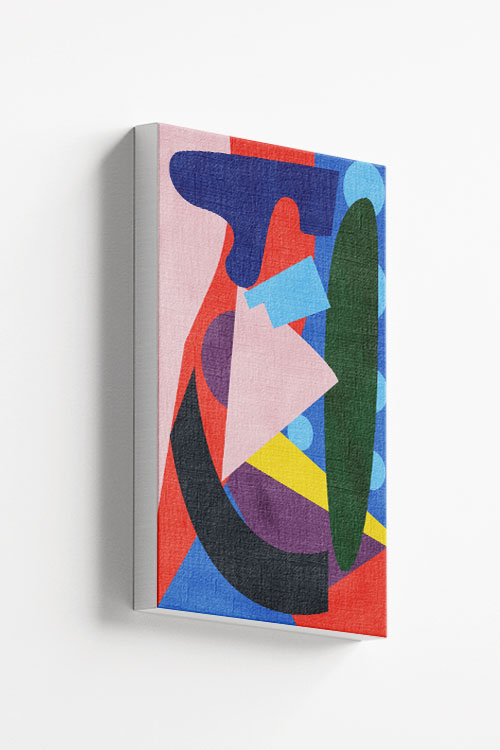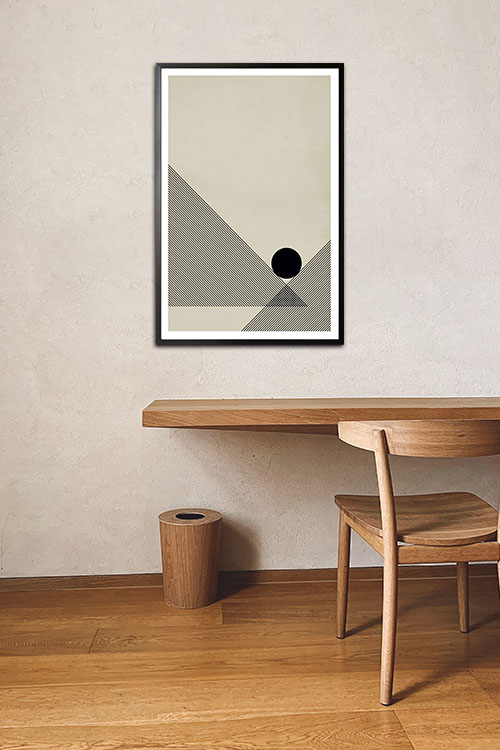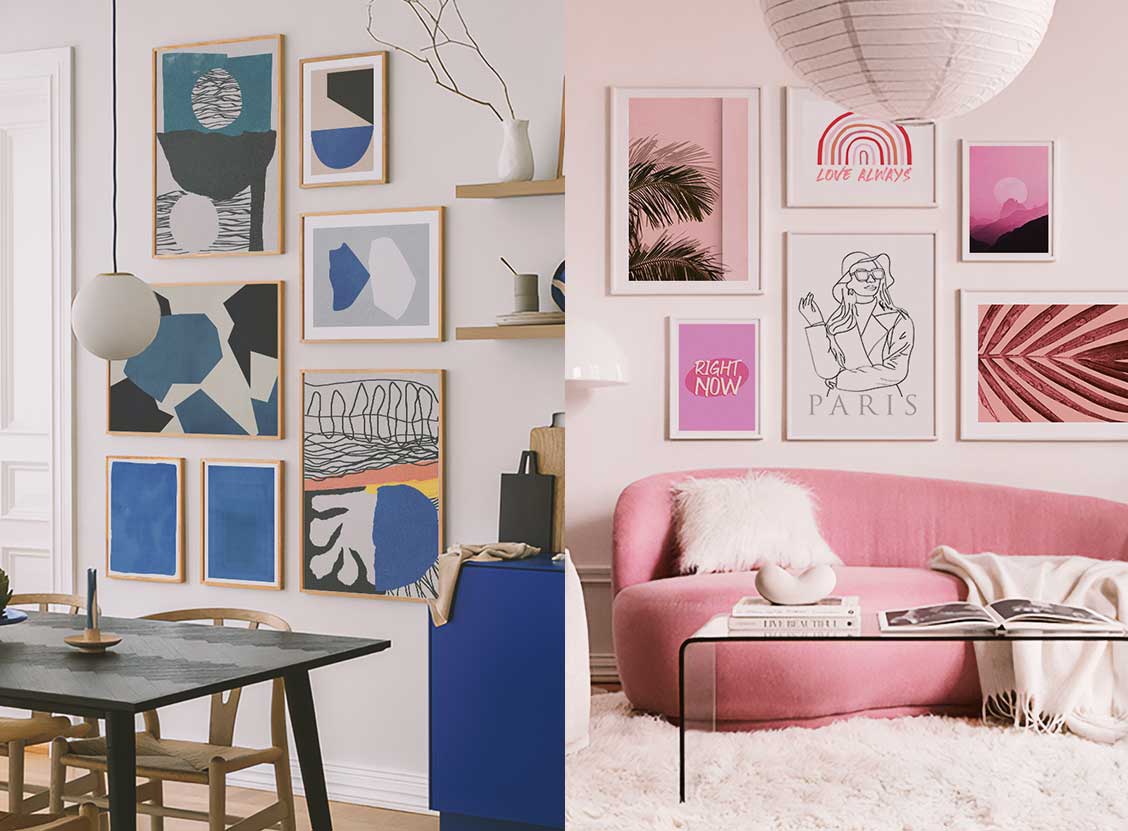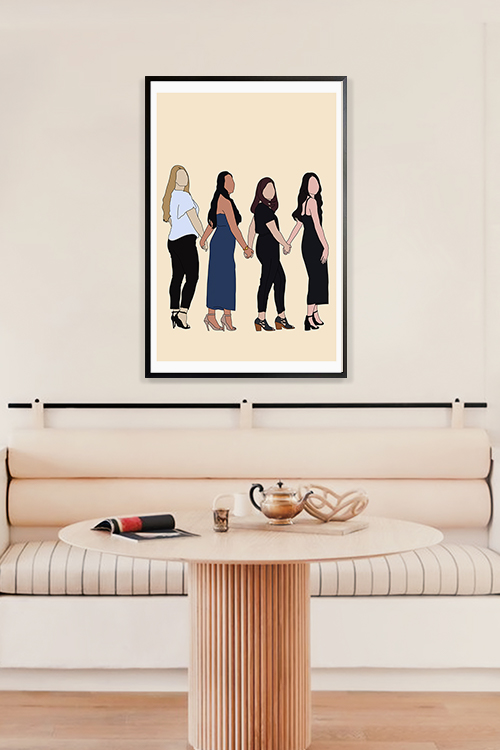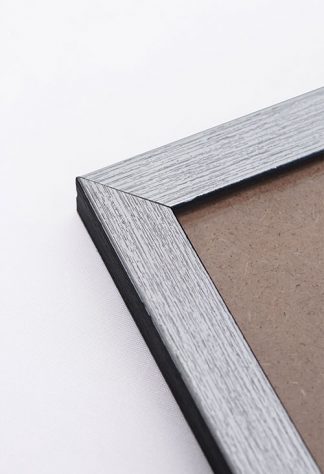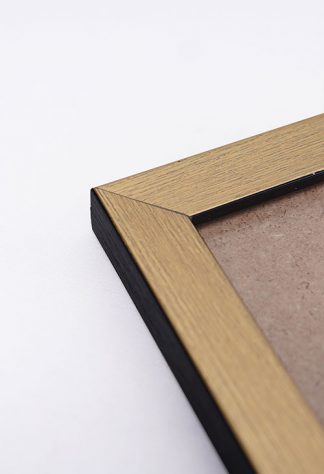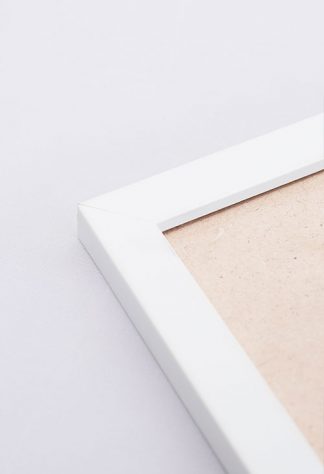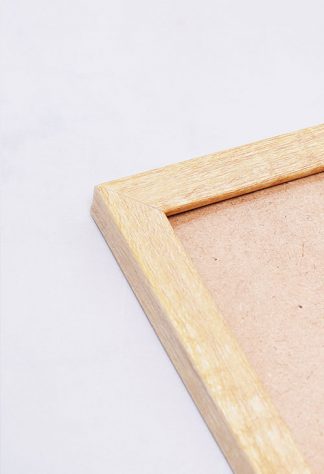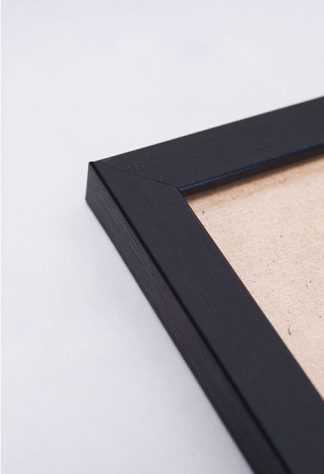
Nowadays, it is customary to send personal greetings and messages to our friends and loved ones through social media. Many of us still need to remember the traditional way of sending greeting cards. Many Filipinos still prefer to make any occasion memorable by giving greeting cards. Significantly, sending greeting cards adds a personal touch during the holidays by sometimes writing hard-to-say words.
Greeting cards have other uses besides keeping them in your storage. They can also be used to decorate your home, and with creativity, you can create decorations that will level up your wall design. Here, we have some inspiration you can use to upgrade the overall appearance of your rooms.
Place them in frames
It is easy to transform your greeting cards into wall art. The simplest way is to frame and display them in a particular spot in your home, like a piece of art. Depending on the season, group them accordingly to create a theme your guests will love. Personalize them by laying the greeting cards on a large frame and adding other decorations.
Create a canvas art
Use a framed canvas and paint it with a color that contrasts the color of the wall. Gather all the greeting cards you have kept and cut out the pieces you want to use into different sizes and shapes. Attach the cutouts onto the painted canvas with canvas glue and hang the art piece. This will add pops of color to your room and texture and details on the walls.
Arrange them like a Christmas tree
Gather all your Christmas greeting cards and arrange them on the wall like a Christmas tree. Add a star on top with gold, red, or green ribbons to complete the wall art. You will need washi tape, garland, and tacks in this wall art. These materials will also prevent any damage to your walls.
Decorate the stairs
Decorate your stairsteps with greeting cards. This will indeed look great during the holidays. All you need are adhesive tapes that attach greeting cards to the stairsteps.
Hang the greeting cards on branches
Honor your loved ones who have sent you greeting cards. Hang them on a beautiful branch with adornments to make beautiful wall art.
Check out our greeting card collection at www.artdesign.ph.
